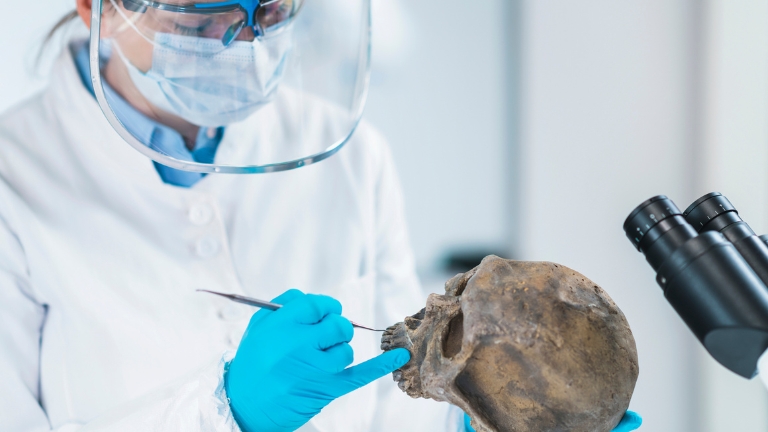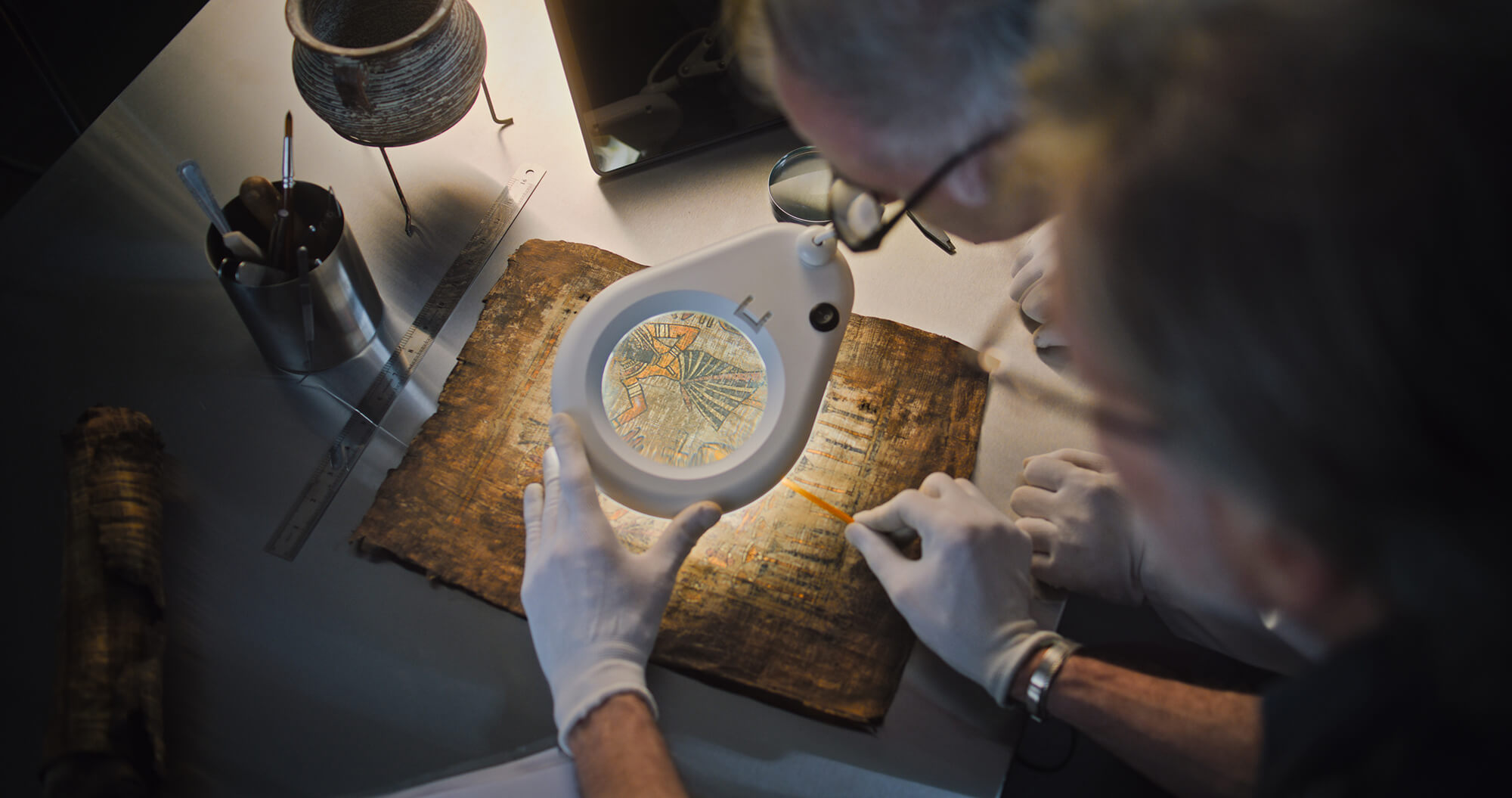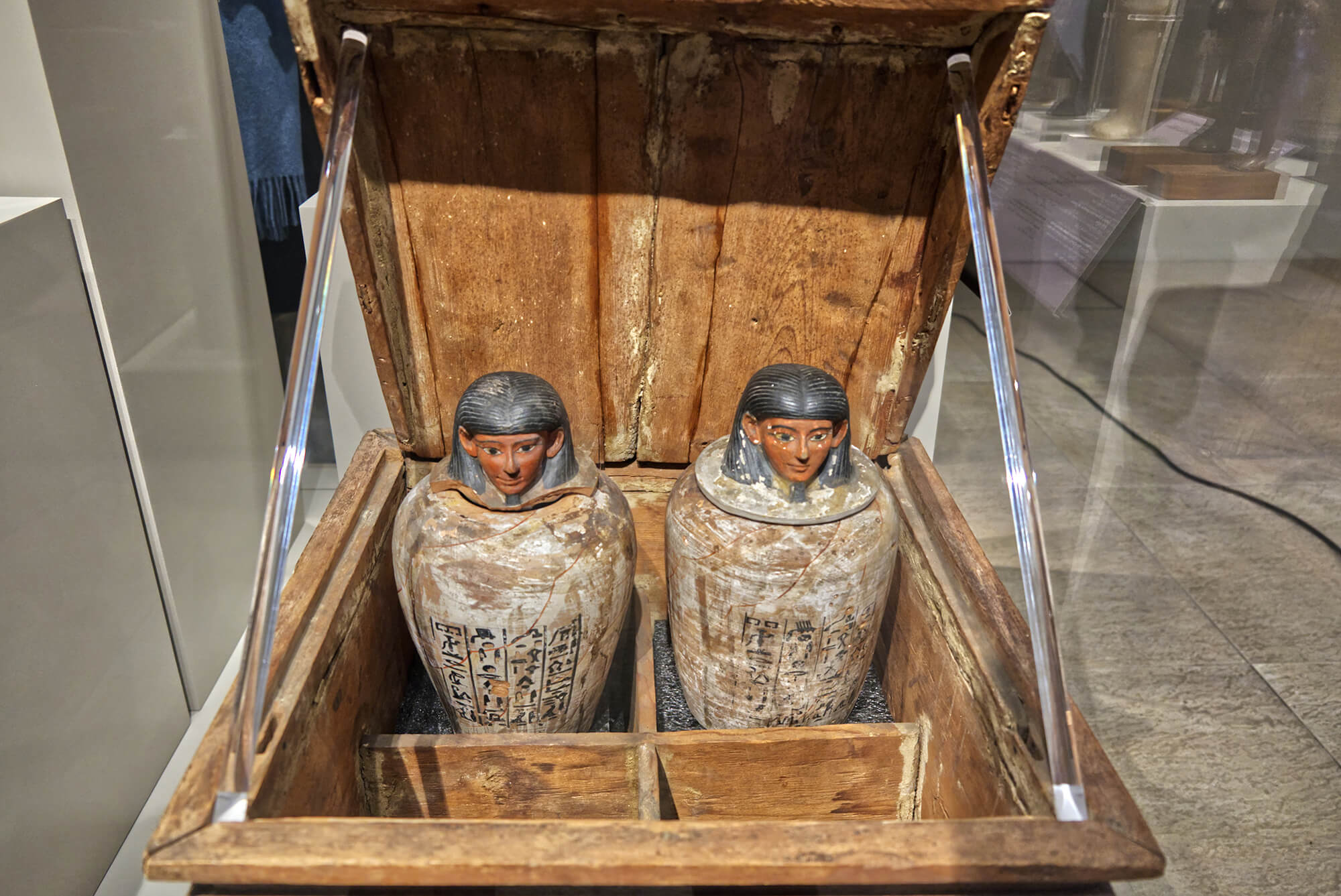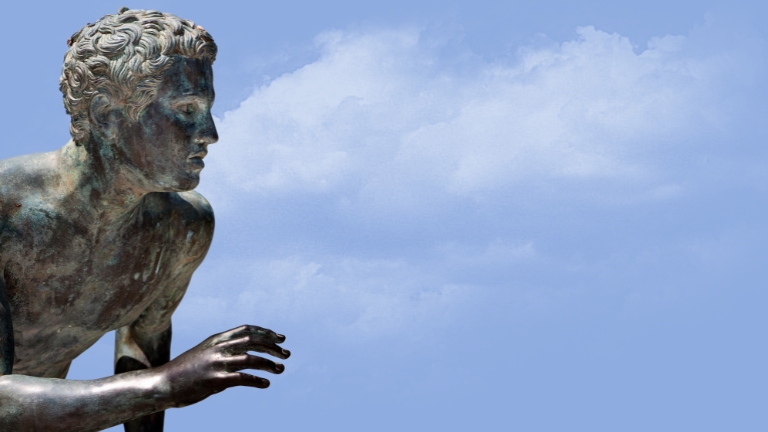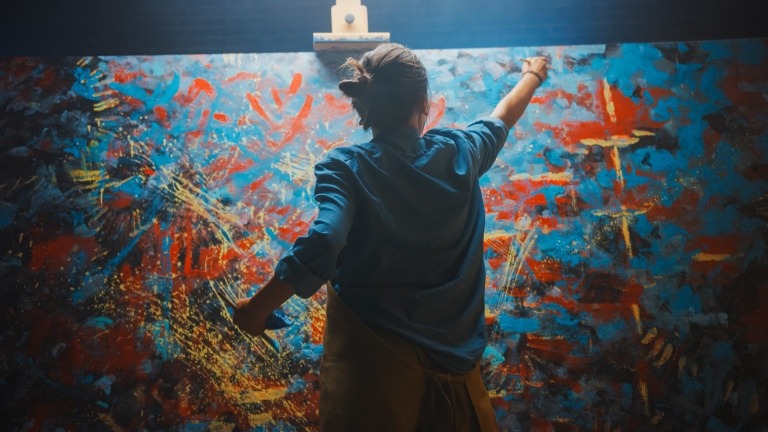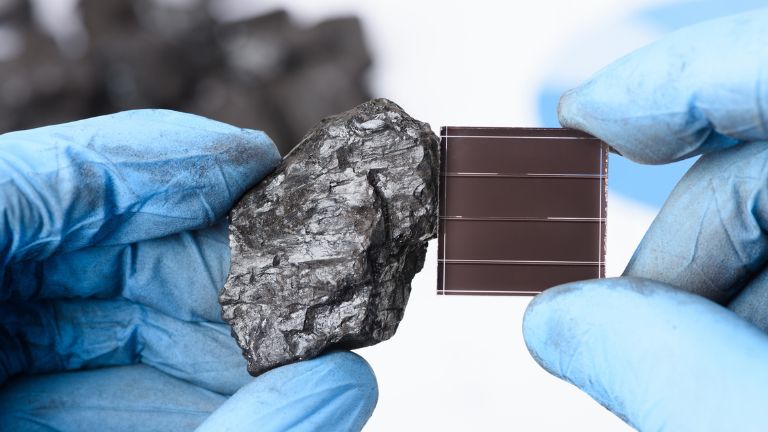Laboratoires CIRAM, expert en imagerie scientifique
Depuis près de 20 ans, CIRAM met son savoir-faire interdisciplinaire au service des professionnels du patrimoine : musées, archéologues, restaurateurs, maisons de vente, collectionneurs.
Nos équipements – radiographie X, CT scan, fluorescence UV, réflectographie infrarouge, lumière rasante – sont déployés en laboratoire ou sur site, selon les contraintes de l’objet et les objectifs du projet.
Chaque mission est menée avec une rigueur scientifique absolue, et donne lieu à un rapport exploitable par les professionnels du patrimoine et du marché de l’art.
